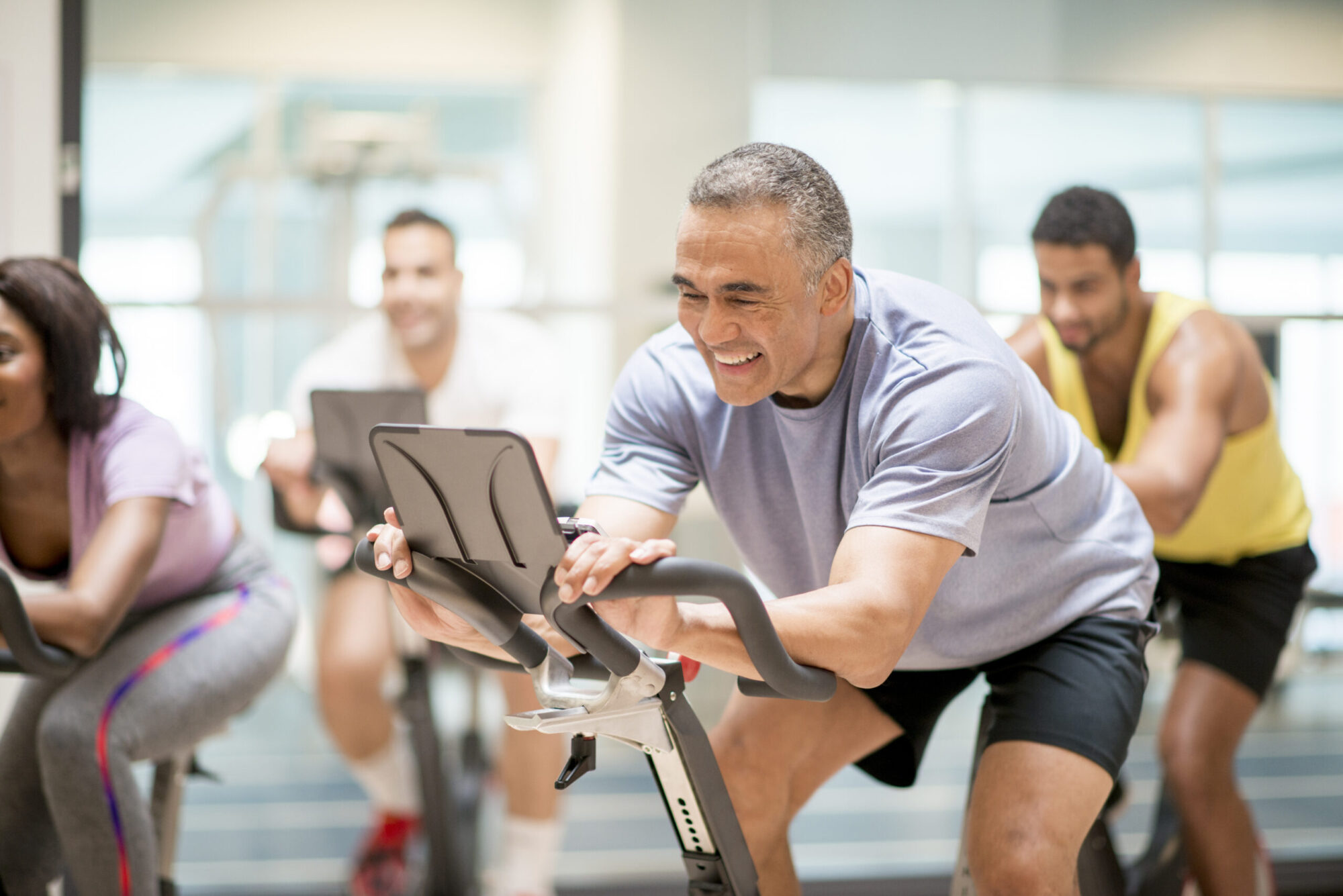Technology has become a constant presence in everyday life, shaping the way we eat, communicate, work, and importantly, the way we look after our health. For many people, the days of relying solely on gym memberships or exercise DVDs are long gone. Today, a whole range of digital tools, wearable devices, and online platforms are guiding people in their efforts to stay fit. The integration of fitness technology has moved far beyond being a luxury or novelty, becoming a core part of how people maintain active lifestyles across the UK.
How Wearable Devices Are Changing Daily Habits
Wearable fitness technology is perhaps the most visible change in how people approach exercise. Smartwatches and activity trackers have made it simple for people to monitor steps, heart rate, sleep patterns, and even blood oxygen levels. Instead of guessing whether a workout has been effective, users can see measurable results on their wrists. This constant stream of data encourages accountability, often motivating people to move more throughout the day.
In workplaces, wearables are also starting to play a role in staff wellbeing initiatives, where employees can monitor their progress and even take part in step challenges with colleagues. The sense of competition and achievement generated by these devices has been proven to encourage lasting lifestyle improvements. For individuals, it provides clarity and reassurance that the effort they are putting into exercise is truly making a difference.
Online Fitness Communities and Virtual Coaching
Another area where technology has transformed fitness is through online communities. Social media platforms, video-sharing sites, and specialist fitness apps have given people access to an enormous range of workouts, dietary advice, and personal coaching. This accessibility has been especially valuable for those who cannot or do not want to attend a gym.
Live-streamed and on-demand classes mean that people can join a yoga session from their living room, participate in a virtual spin class, or follow along with high-intensity interval training at a time that suits them. For many, the ability to customise exercise schedules around work and family life makes consistency far easier to maintain. Virtual coaching has also opened up personal training to a wider audience, often at a lower cost than face-to-face sessions, while still providing professional guidance.
The Use of Artificial Intelligence in Personal Fitness
Artificial intelligence is beginning to play a notable role in shaping personal health programmes. Modern fitness apps are now able to adapt workouts to an individual’s current performance level, recovery status, and long-term goals. AI-driven platforms can suggest when it is time to push harder or take rest, using data collected from wearable devices and past training sessions.
This personalised approach is a significant step forward from generic exercise programmes. It means that someone training for a marathon receives tailored running plans, while someone aiming to improve mobility after an injury can be guided towards the safest exercises. The technology is essentially filling the role of a coach, offering informed suggestions that continuously adapt as the individual progresses.
How Technology Supports Nutrition and Healthy Eating
Staying fit is about more than exercise alone, and technology has also found a strong foothold in nutrition. Calorie tracking apps, barcode scanners, and AI-driven food diaries have made it possible to monitor eating habits with a level of precision that was once difficult to achieve. Many apps also integrate with wearable devices, linking energy expenditure with daily food intake.
This creates a clearer picture of the relationship between diet and exercise, which can be particularly valuable for people aiming to lose weight or athletes trying to optimise their performance. By making nutritional data as accessible as step counts and heart rates, technology empowers people to make more informed choices about what they eat.
The Rise of Home Fitness Technology
The pandemic accelerated the adoption of home fitness technology, with many people investing in equipment that connects directly to digital platforms. Interactive rowing machines, treadmills with virtual landscapes, and bikes linked to online classes have brought a new sense of engagement to indoor workouts. These machines go beyond simply tracking performance; they immerse users in an interactive environment where progress can be compared with others, and achievements celebrated in real time.
For individuals who struggle with motivation, the gamification of exercise has proven particularly effective. Earning badges, competing in virtual races, and joining online leaderboards provide the kind of structure and motivation that might otherwise be difficult to maintain at home.
Technology for Older Generations and Rehabilitation
It is easy to assume that fitness technology is most beneficial for younger users, but in fact, it is also proving invaluable for older generations and those recovering from injury. Devices that track heart rate variability or detect irregularities can provide early warnings of potential health issues, offering reassurance and practical data that can be shared with medical professionals.
Apps that guide users through low-impact workouts, mobility exercises, or even mindfulness and breathing sessions are being increasingly used by older adults keen to maintain independence and strength. Rehabilitation programmes can also be enhanced through technology, with physiotherapists able to monitor progress remotely and adjust routines accordingly.
Sporting Insurance and the Link with Technology
For those engaged in more advanced fitness regimes or organised sports, the rise of technology also ties into financial protection. Sporting insurance providers are beginning to take into account the data gathered from wearables and apps, offering more accurate assessments of risk. This creates opportunities for active people to benefit from better cover and fairer premiums, as insurers can see real evidence of fitness and injury prevention practices.
This connection demonstrates that technology is not just about encouraging healthier habits but is also influencing how health and fitness are supported in wider aspects of life. For those committed to regular training, it adds another layer of reassurance that their efforts have both immediate and long-term benefits.
The Balance Between Technology and Lifestyle
Despite the many benefits of fitness technology, there is always the risk of becoming too reliant on constant tracking and measurement. It is important to remember that the ultimate goal is to build healthy habits, not just to achieve numbers on a screen. A balance must be struck between using technology as a helpful guide and remembering the simple joy of being active.
Spending time outdoors, exercising socially, or engaging in physical activities that bring enjoyment should remain at the heart of staying fit. Technology should be viewed as a supportive tool that makes these experiences more effective and sustainable, not as a replacement for the personal satisfaction of moving well and feeling healthier.
Looking Ahead: The Future of Fitness Technology
The future of fitness technology in the UK looks set to be even more immersive and personalised. Developments in virtual reality could soon make it possible to run along digital recreations of iconic landscapes or join a group exercise session where every participant feels present in the same space. More advanced biosensors may allow for real-time monitoring of hydration, muscle fatigue, and recovery, making training programmes safer and more efficient.
There is also growing interest in community-based technology, where groups of people with similar goals can connect, share progress, and encourage one another. This digital sense of community reflects the traditional benefits of local gyms and sports clubs but extends them into the virtual world.



































